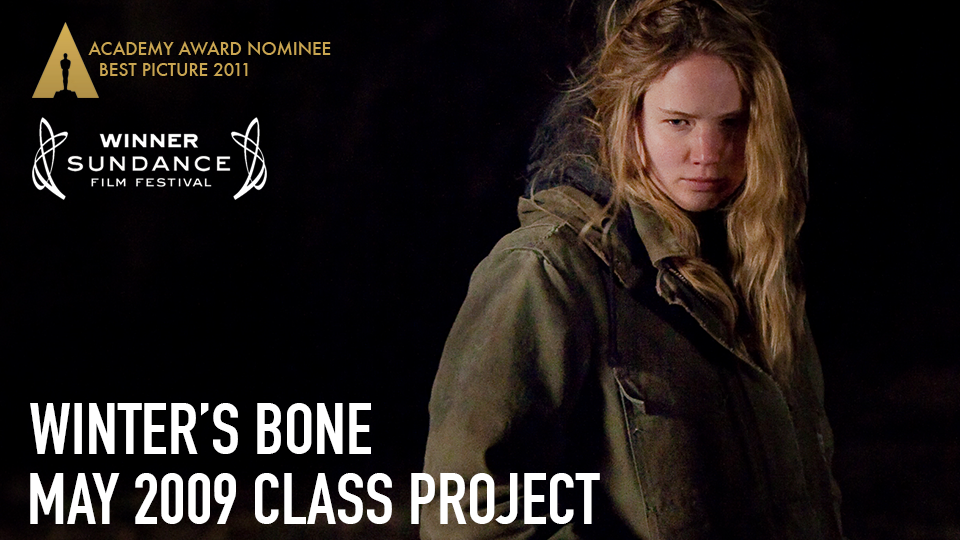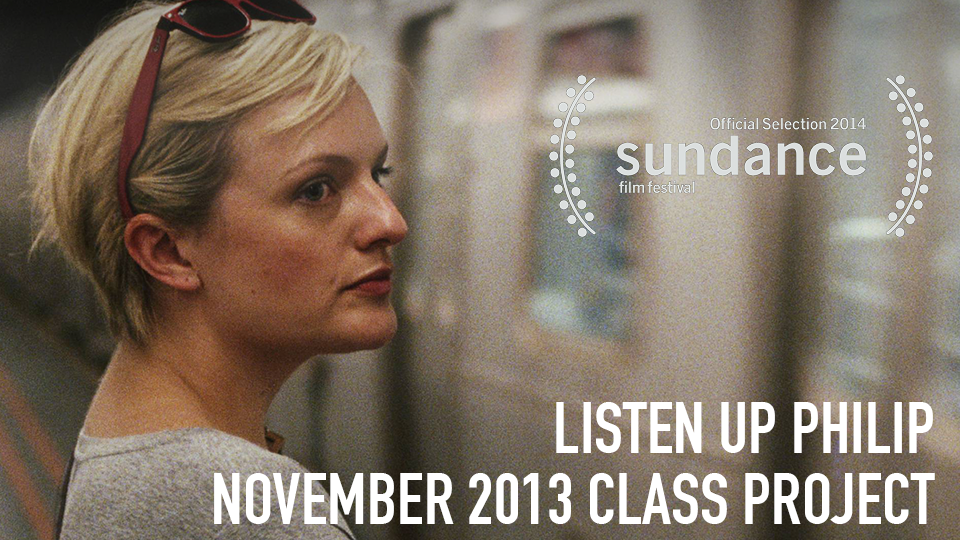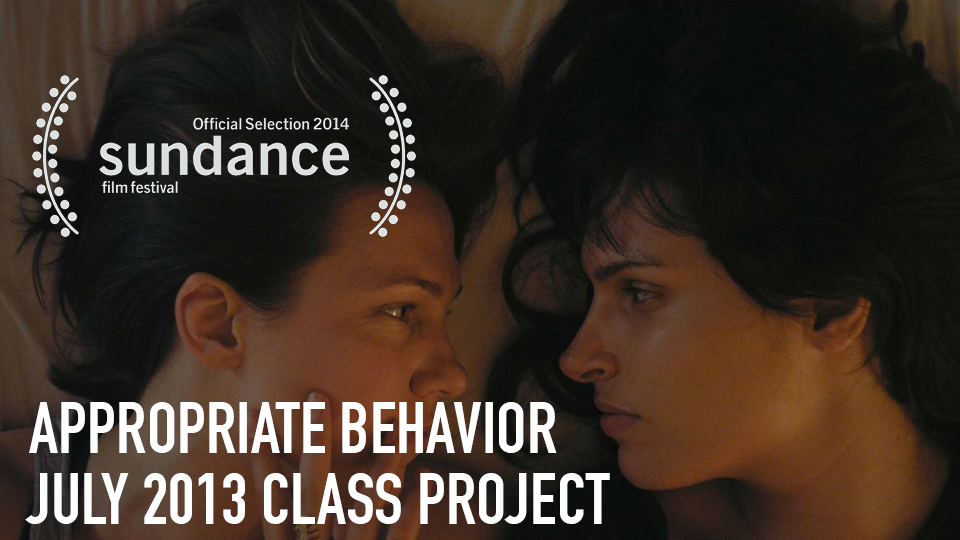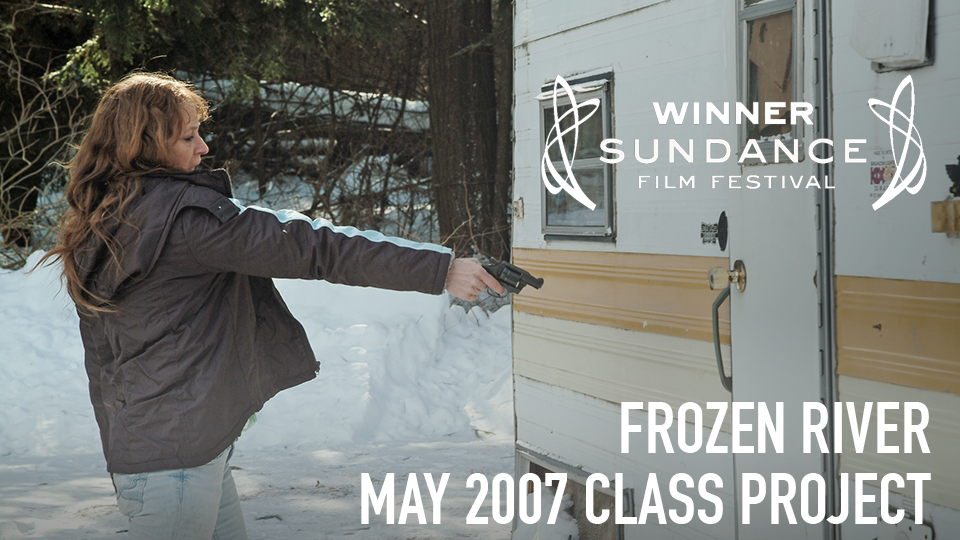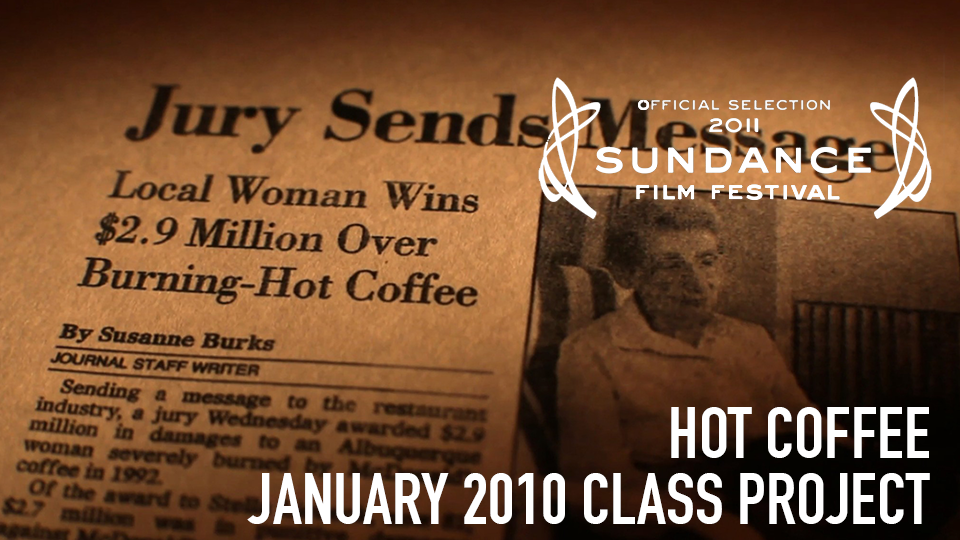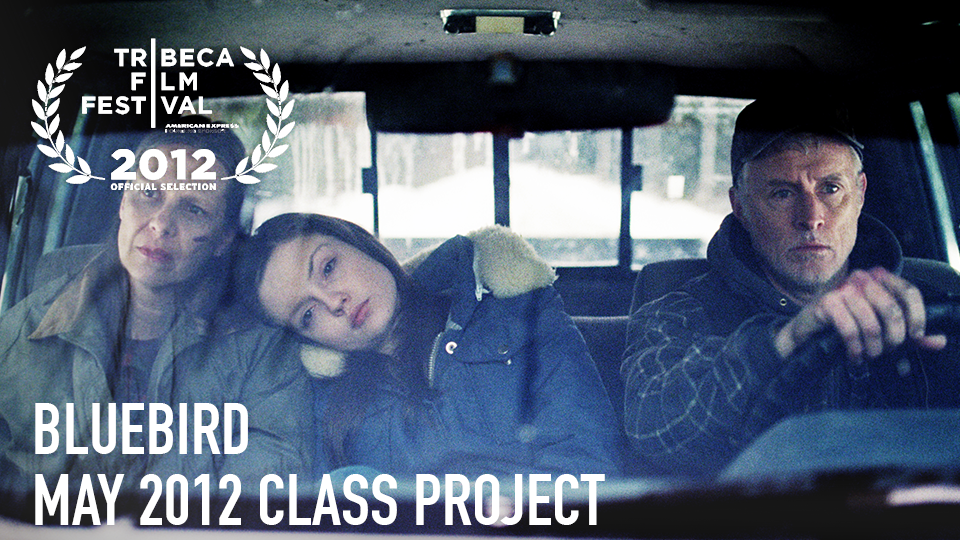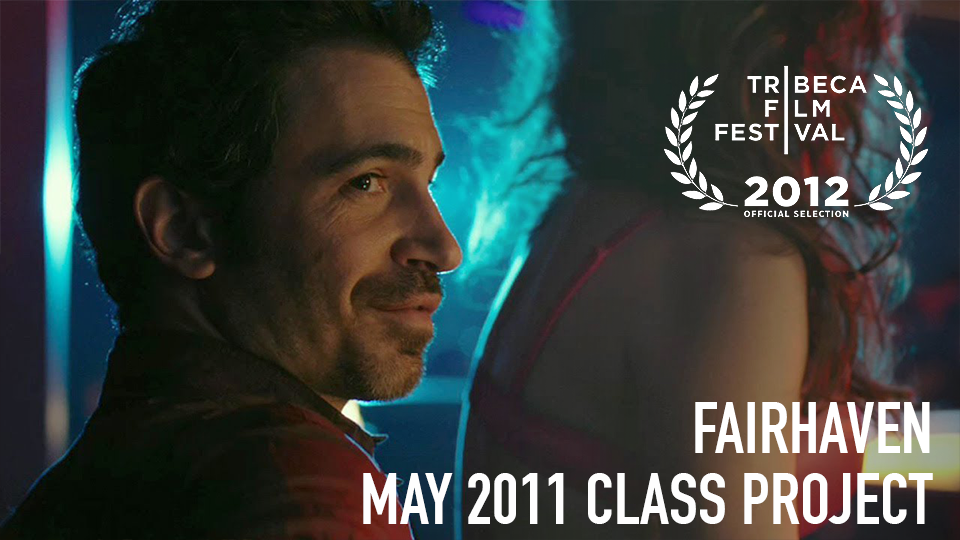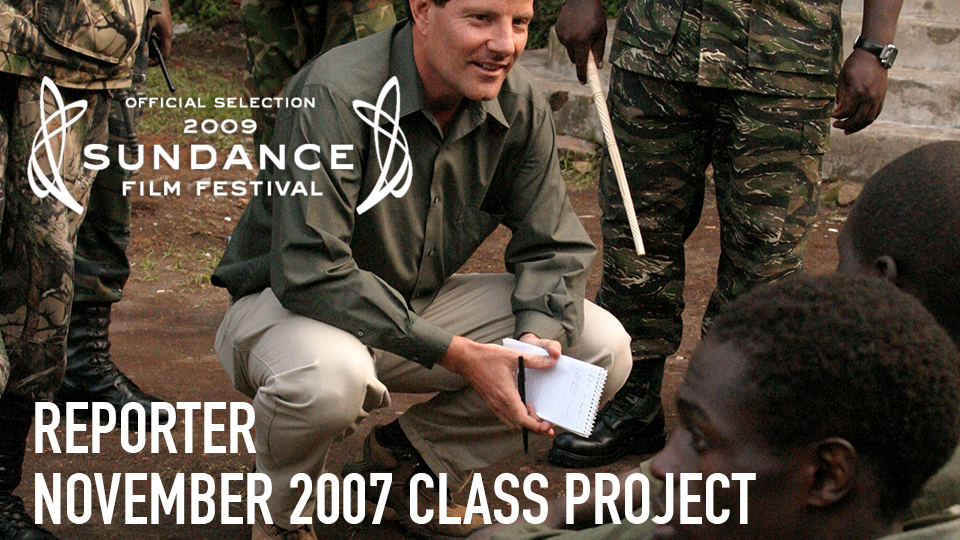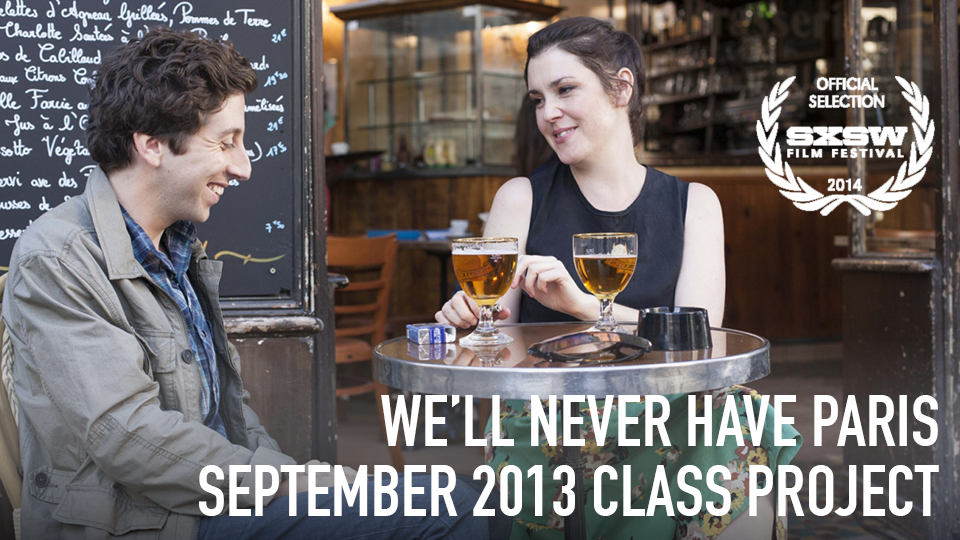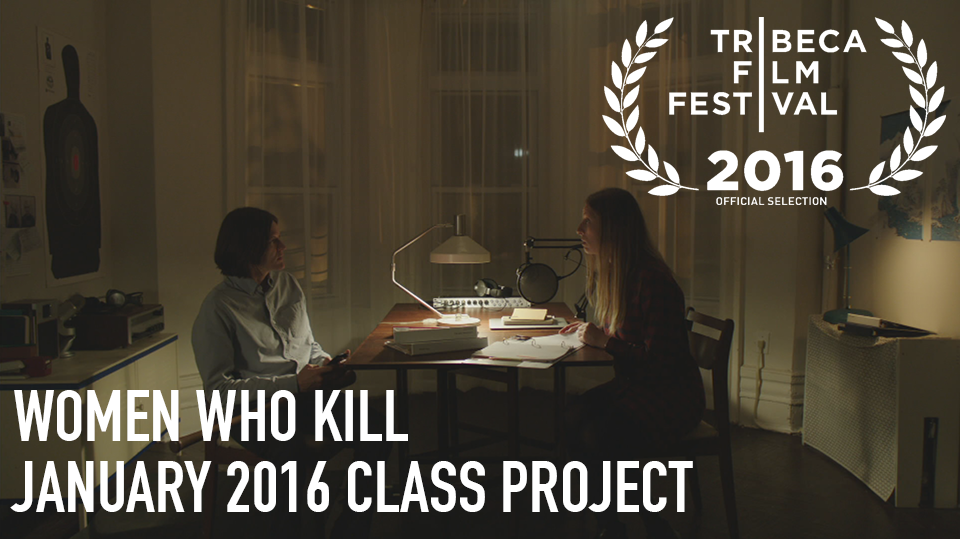THE FILMS
Most editing classes use canned footage. No matter how good the material is, it can't compare to the learning experience of cutting a real film for a real director.
Our innovative program brings together independent filmmakers who need their movies edited and aspiring editors looking for a way to develop their skills.
Each class works on two films: a scripted fiction project (aka a “narrative” film) and an unscripted documentary. Each student is in charge of editing a different section of each film, with regular guidance and feedback from our teachers and the filmmakers.
Previous class projects include Winter's Bone (Oscar Nominee, Best Picture 2011), Listen Up Philip (Sundance 2011), Hot Coffee (Sundance 2011, HBO), and Frozen River (Oscar Nominee, Best Original Screenplay 2009), to name just a few. See other past projects →
Students leave the class with a professional editor's reel and a credit on the final film—a real-world credential that helps them start their career.
The narrative project
Editing a fiction film is sometimes called “the final rewrite.” Using the script as a guide, the editor works with the director to craft the best possible movie from the material that was actually filmed.
While working on the fiction project, students learn how to create a seamless whole from the fragmentary shots and takes that are captured on set. This means mastering filmmaking fundamentals like screen direction and continuity, but also learning when to break those conventions in service of better storytelling. In the process of editing their own scenes, students will gain experience building believable characters from actors’ uneven performances; shaping the emotional arc of a scene through music and pacing; and finding creative solutions to story problems by cutting, rearranging, and sometimes rerecording dialog.
The documentary project
On documentary films, there is no script. The story is created in the edit room, from hundreds of hours of raw footage. The editor must wade through this ocean of material without drowning in the possibilities.
On the documentary project, we teach a tried and true system for planning and managing a documentary edit. Students learn how to watch raw footage for emotion as well as information and how to intelligently select the best moments; how to efficiently organize these “selects” by character, topic, and theme; how to work with verite material (i.e. fly-on-the-wall footage capturing a real-life scene); how to edit interviews; and how to make strong choices that will lead to a compelling final scene.

